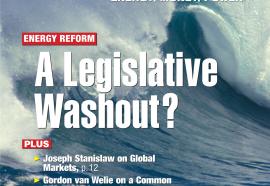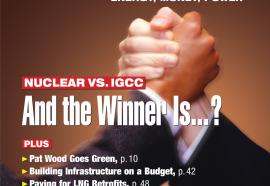ISO/RTO Markets: Building a Common IT Platform
Independent system operators and regional transmission organizations recognize the value in having a common IT architecture.
In today’s modern business environment, standards for products and services have become common—and expected—practice. The time is right for creating a common language among the critical software tools needed to deliver a reliable, competitively priced supply of electricity through today’s integrated power grids and wholesale market structures.









